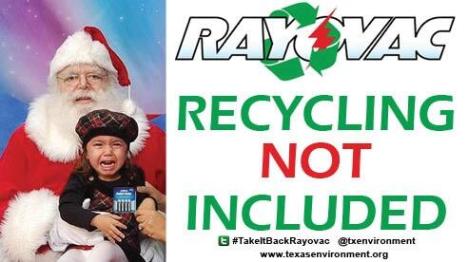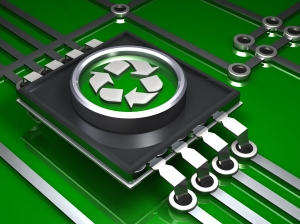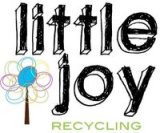The Guardian has a great article up about Mike Biddle, former CEO of MBA Polymers and one of the pioneers of plastic recycling. It covers some of the persistent problems with plastics and emerging solutions in electronic waste recycling as well.
This month, Mike Biddle, the founder and longtime CEO of a pioneering plastics-recycling company called MBA Polymers, stepped down as an executive at the firm, ending more than two decades of unrelenting effort to reduce plastic waste.
Plastics, he says, remains “the last frontier of recycling.”
MBA Polymers operates recycling plants across the world that collectively reclaim over 300 million pounds of plastics each year. However, none are in the US. Our policies just haven’t caught up to the recycling market.
Biddle is disappointed that he has been unable to take the company further. He estimates that as much as 500 billion pounds of plastics are thrown away every year, only a tiny fraction of which is captured by MBA Polymers. He’s especially frustrated that the company isn’t operating in the US, the country that educated him and provided the seed money for his research.
Why can’t the company gain traction in the US? Building plants to reprocess plastics is expensive, and MBA Polymers cannot be sure it will get a large enough – and secure enough – supply of US plastic waste to justify the capital cost.
One way to secure a more predictable supply of e-waste would be to place some of the burden of collecting it on manufacturers. That’s what the EU has done. Its “extended producer responsibility” laws, which require electronics to be collected and recycled, have created a robust collection system for used cell phones, tablets, computers and other e-waste. “They primed the pump with policy,” Biddle says.
In the US, Texas and 22 other states have passed similar laws for electronic waste. We’re making progress – in fact, manufacturers collected 38 million pounds of e-waste in Texas alone last year. (Other states with stronger versions of this law are collecting far more, so we can definitely do more here.) But for plastics and packaging, we’re still way behind the curve.
Read the full article here, it’s worth a look.
Filed under: Producer TakeBack Recycling, Recycling | Leave a comment »






















